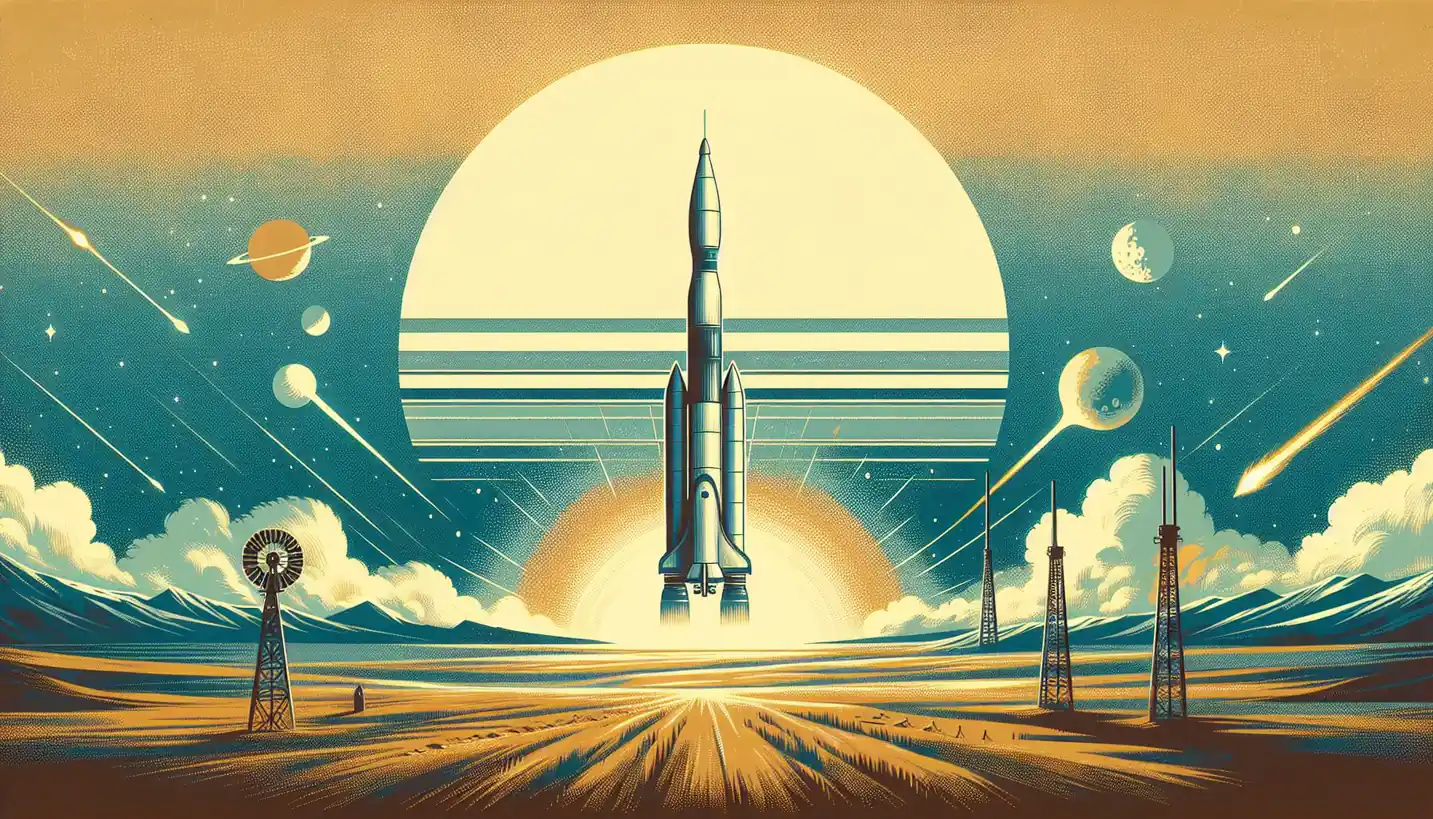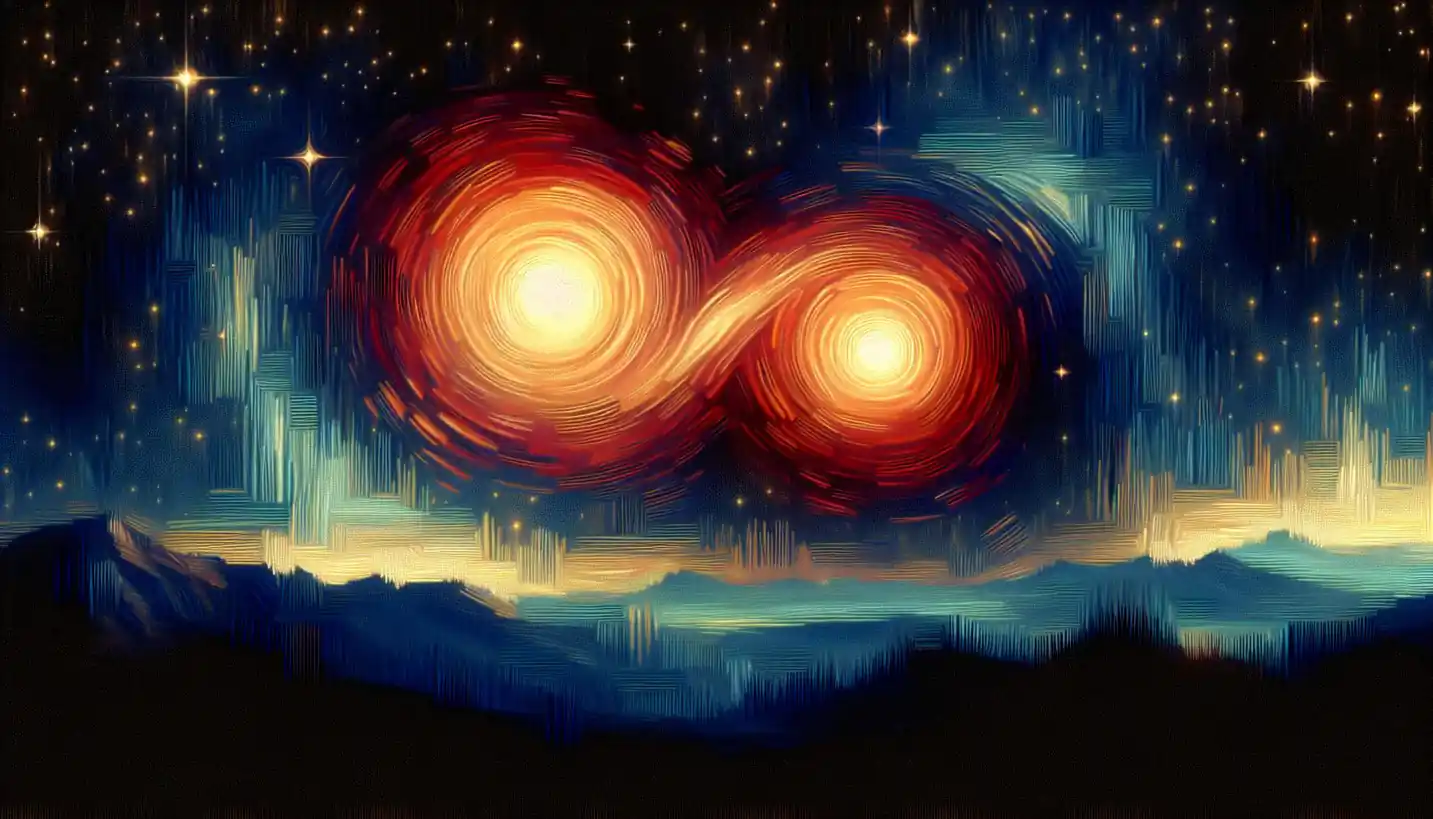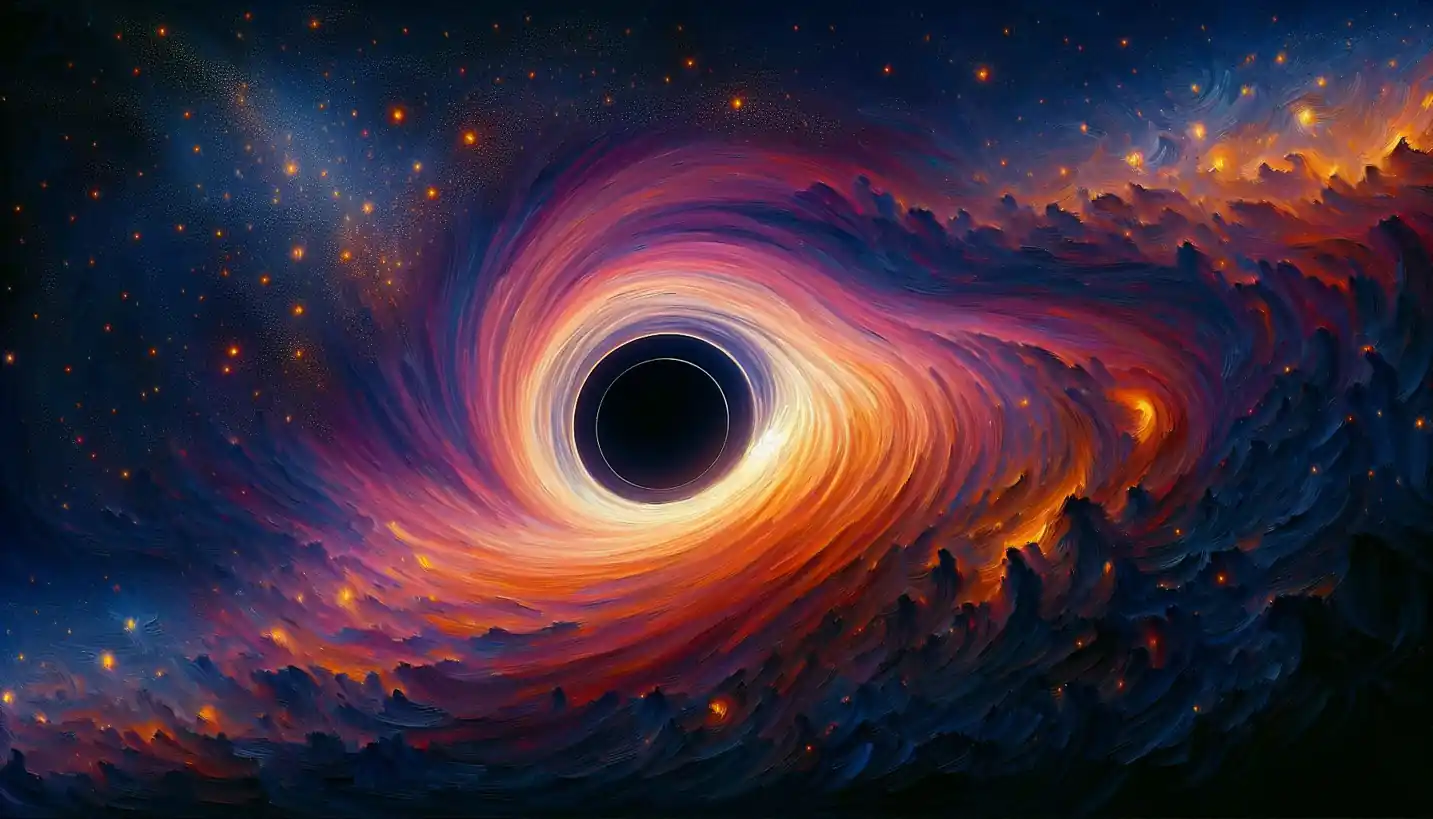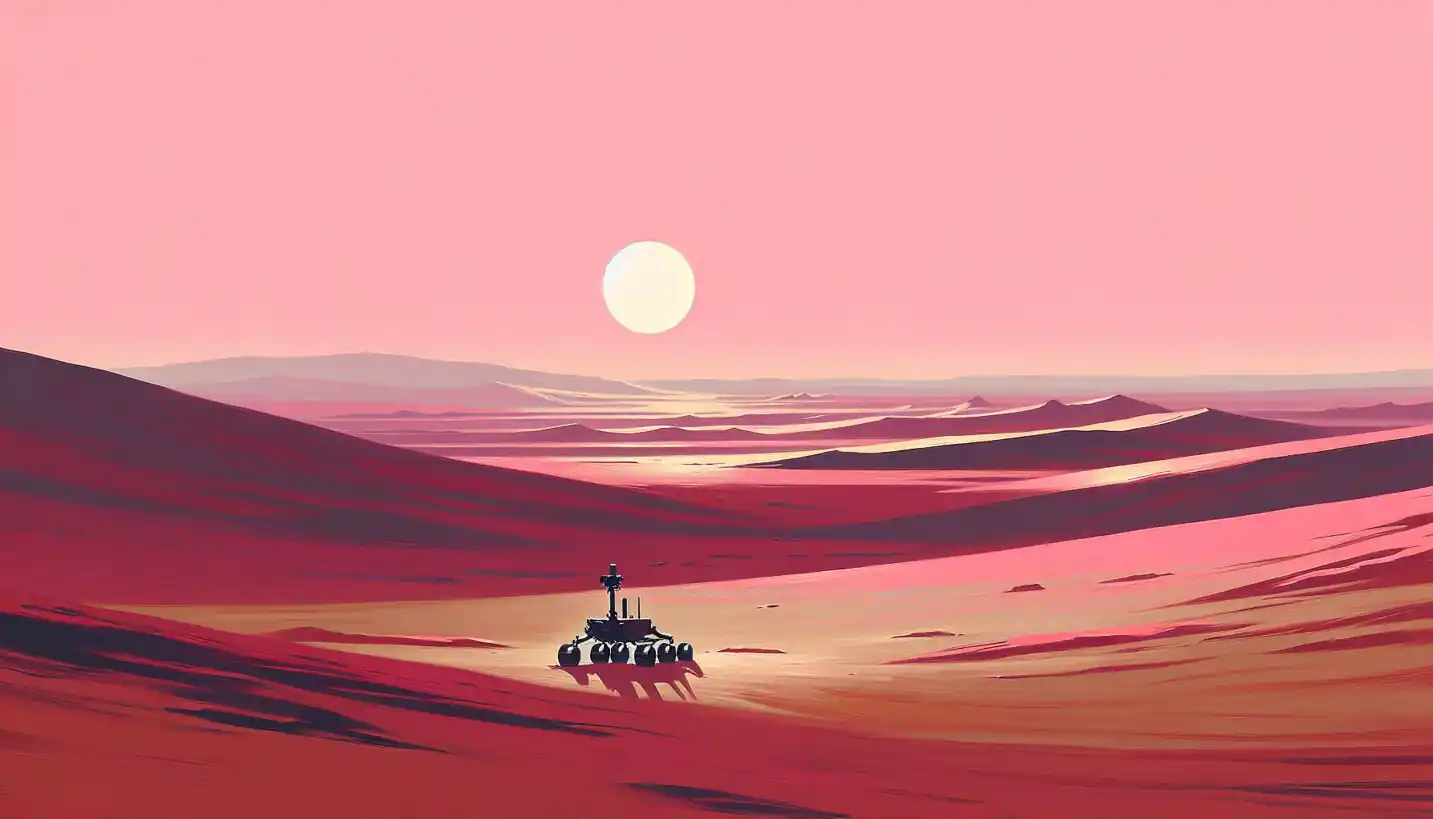· Astronomy · 5 min read
Cosmic Horizon: Exploring the Edge of the Universe
Explore the cosmic horizon, where the universe's mysteries unfold at its very edge. What lies beyond this ultimate boundary of our cosmic view?

Floating out in the vast, dark expanse of the cosmos, there’s a fascinating concept that captures the imagination—it’s called the cosmic horizon. This is the ultimate boundary of what we can see in the universe. Imagine standing on a beach, looking out at the ocean; the horizon is where the sky meets the sea, and beyond it lies a mysterious realm we can’t quite make out. In space, the cosmic horizon is a bit like that but on a mind-blowing scale.
Understanding the Universe’s Cosmic Limit
The universe is massive and constantly expanding. When astronomers talk about the cosmic horizon, they’re referring to the farthest limit we can observe as the universe expands. It’s like a growing bubble where the edge continually moves farther out. But here’s the catch: we can only see so far because the light from beyond that boundary hasn’t had enough time to reach us yet.
The speed of light plays a crucial role here. Light is fast—about 299,792 kilometers per second—but the universe’s expansion can outpace even that. Areas beyond the cosmic horizon are moving away from us faster than light can travel. So, even with the most powerful telescopes, there’s a boundary we can’t peer beyond.
The Story Behind the Cosmic Horizon
This idea stems from Albert Einstein’s work on relativity and the Big Bang theory. Back in the early 20th century, Einstein revolutionized the way we understand space and time. Imagine the universe as a loaf of raisin bread baking in the oven; as it expands, the raisins (representing galaxies) move apart. Similarly, the universe is expanding, stretching the fabric of space-time itself.
So, what does the cosmic horizon tell us about the universe’s age and size? Well, if the universe is about 13.8 billion years old, the cosmic horizon represents the maximum distance light could have traveled since the beginning of time—around 46 billion light-years in any direction. It’s not just the age but also how space itself can stretch that allows us to “see” so far.
A Window to the Past
What’s fascinating about the cosmic horizon is that it lets us peer back in time. Because light takes time to travel, when we look at distant galaxies, we see them as they were billions of years ago. It’s like looking through a time machine. This window to the past helps scientists piece together the universe’s story, from the Big Bang to how galaxies, stars, and planets formed.
Think of it like watching an old movie where the scenes play out from the universe’s infancy to its current state. The cosmic horizon is our only glimpse into these early chapters, giving us clues about the universe’s fundamental properties, like its expansion rate, composition, and even its fate.
Mysterious Realms Beyond
Curiosity naturally leads us to wonder about what lies beyond the cosmic horizon. It’s a bit like pondering the uncharted waters beyond the terrestrial horizon. Could there be galaxies we’ll never see? Civilizations we’ll never meet? The truth is, those areas exist, but they remain hidden from us.
Some scientists speculate about the “multiverse” concept—a theory that suggests our universe might be just one of many. Beyond our cosmic horizon, there could be realms with entirely different physical laws, dimensions, or even other forms of life. But for now, it’s all fascinating speculation.
The Importance of the Cosmic Horizon
Understanding the cosmic horizon is key to grasping the universe’s nature. It’s not just an abstract boundary; it’s a crucial part of cosmology, the branch of astronomy that seeks to unravel the universe’s mysteries. The horizon helps define the observable universe, which is vital for studying cosmic microwave background radiation, dark matter, and dark energy.
The cosmic microwave background radiation is like an echo from the Big Bang, permeating the entire universe. By studying it, scientists gain insights into the early moments of our cosmos, right after the Big Bang. The horizon also plays a role in understanding dark matter—an invisible substance making up about 27% of the universe—and dark energy, a mysterious force driving the universe’s accelerated expansion.
Future Questions and Mysteries
The cosmic horizon might seem like a hard limit, but it spurs endless questions. What happens as the universe keeps expanding? Will we ever be able to observe beyond it, maybe with new technology or insights? Could understanding more about dark energy change what we know about this boundary?
Scientists are continually pushing the boundaries of what’s observable. Projects like the James Webb Space Telescope aim to peer deeper into space and further back in time. The quest to understand the universe might uncover new aspects of the cosmic horizon, reshaping our view of space and time.
In the end, the cosmic horizon is a powerful reminder of how vast and mysterious the universe truly is. It challenges us to think big and ponder our place in this expansive cosmos. As we gaze up at the stars, the horizon whispers of secrets yet to be unveiled, urging us to keep searching and exploring. The universe is full of wonders, and the cosmic horizon is just the beginning of our cosmic journey.



